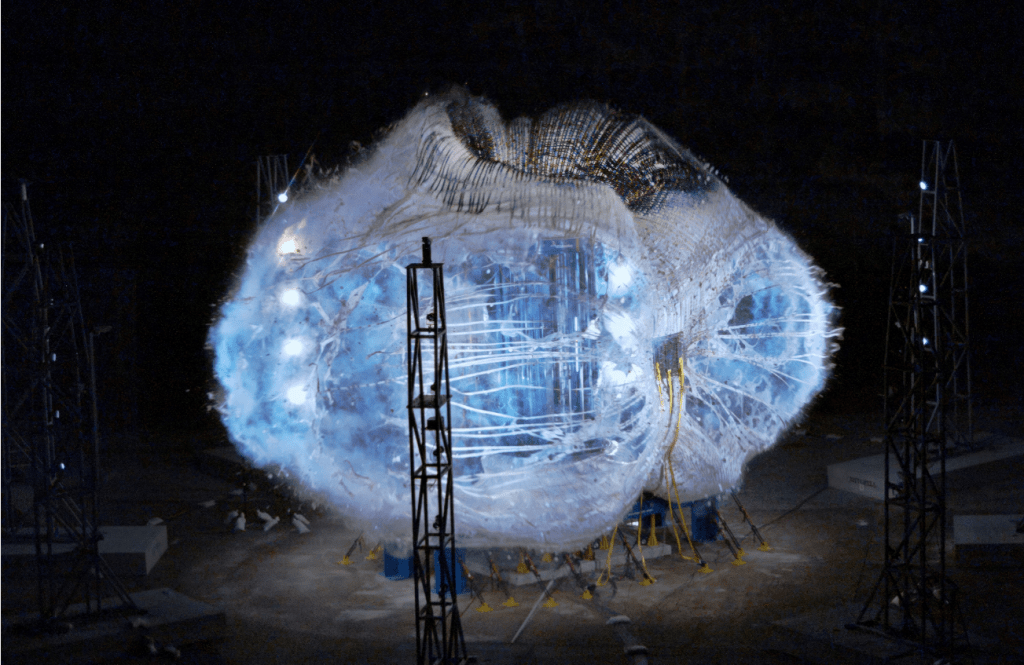Successful failure: Sierra Space's inflatable habitat blows up as planned

Sierra Space has completed a key test of its inflatable space habitat, as the company progresses toward launching and operating a private space station with Blue Origin before the end of the decade.
The “ultimate burst pressure” test of the inflatable module was conducted at NASA’s Marshall Space Flight Center. As the name suggests, the purpose of the test is to inflate the unit until it bursts. In this instance, engineers inflated the module to 77 psi before it burst, proving that it exceeded NASA’s recommended safety level of 60.8 psi by 27%.
While Sierra has conducted a series of burst tests on sub-scale units of the habitat, called Large Integrated Flexible Environment (LIFE), this is the first on a full-scale module. At full scale, the module stands at over 20 feet tall and is around one-third the volume of the International Space Station.
As Leanne Thompson, a systems engineer at Sierra, pointed out in a recent video on the test, it took NASA 10 to 15 launches to send up that same volume of habitable space with the ISS. Each LIFE module is designed to fit inside a standard five-meter payload fairing, though the company said it is working on bigger iterations of 1,400 cubic meters (larger than the ISS) that could fit in a seven-meter fairing.
The test focused on the LIFE habitat’s pressure shell or restraint layer, which is made of expandable “softgoods” that perform like a rigid structure once they’re inflated. Softgoods as a materials category have aerospace heritage: There have been inflatable airlocks attached to the ISS, and demonstration modules developed by Bigelow Aerospace were launched to space in the 2000s.
The softgoods that make up the LIFE habitat include Vectran straps, which are made out of high-performance polymers and other materials. In a press release, Sierra said that Vectran is “stronger than steel when inflated on-orbit.” The company is working with ILC Dover to design and test the straps prior to this full-scale test.
Although the burst test is certainly suggestive, it would be a mistake to compare the LIFE module to a balloon. In the video above, Sierra briefly displays nine layers that will ultimately make up each module, including the restraint layer, such as thermal insulation and an outer cover.
Sierra’s plan is to deploy the LIFE modules in low Earth orbit as part of Orbital Reef, a private space station the company is developing with Blue Origin. Notably, Sierra specifically references the project in the press release, which could be at least partly a response to reporting from CNBC last year that the Orbital Reef project was on the verge of falling apart.
Sierra said this year will be one of “aggressive” testing at both sub- and full-scale of the other layers of the habitat.